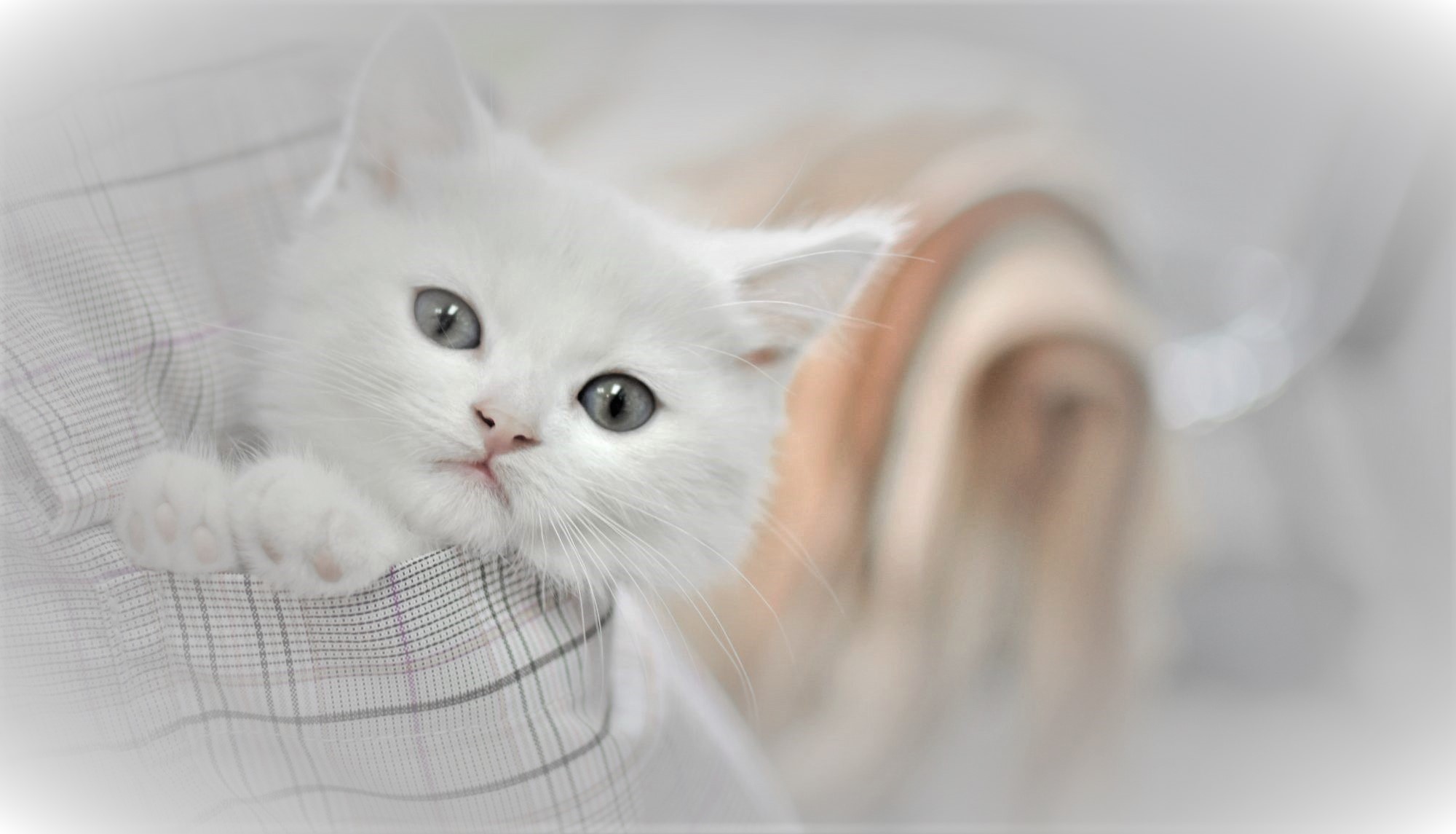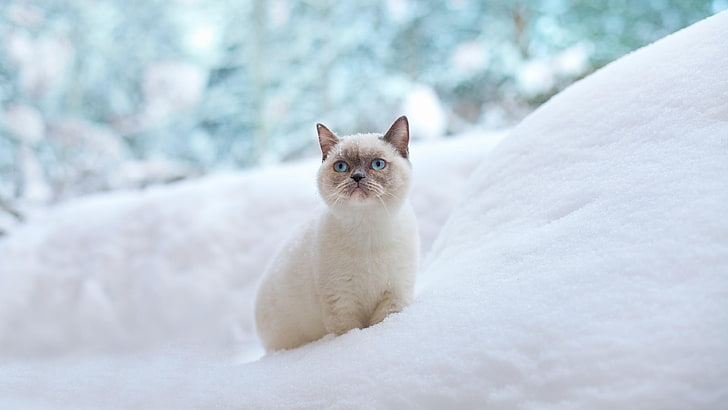Did you know your cat carries electricity? This happens as a result of the static electricity in your cat’s fur. While this is not among the most common discussion topics about cats, it is a subject that quite a few cat owners face, especially during the colder seasons.
Where does static electricity come from?
Static electricity comes from dry air. Your home’s heat system tends to make the indoor air dry, and is likely the root cause of a static electricity problem, especially as the weather gets colder. In fact when the humidity level in your home drops below 30% the static electricity between you and your favorite feline might be s-h-o-c-k-i-n-g!
Static electricity can also be generated from your cat rubbing against:
-
- blankets
- couches
- carpets
- certain clothing fabics
- towels
- and other household items
When your cat comes in contact with these types of items, static accumulates on their fur. Then voila, when you stroke your cat’s fur you get a zap of electricity!
What you can do to minimize the static electricity in your home?
There are four ways that you can protect your cat and yourself from possible static shock. Not surprisingly, the key to solving this scientific problem is to add moisture back into your environment and your cat’s fur.
Bathing your pet with moisturizing shampoo (one approved for use on pets) and increasing the moisture in the air can help remedy the problem.
Using a humidifier to add moisture back to the air, especially in carpeted rooms where static electricity seems to be worse is also a useful solution.
You may want to use a safe doctor recommended moisturizer onto your cat’s fur coat. These great products come in a spray or wipe and usually don’t have chemicals that harm them.
You may also spray a pet safe anti-static, anti-cling fabric spray onto your furniture or kitty’s favorate pillow bed or chair. Products like these, located in a supermarket or general store, could contain chemicals that might irritate your pet’s sensitive skin. To avoid this experience, be sure to consult your veterinarian prior to purchase.
Moisturizing and humidifying may help make your new year less shocking, but also a lot more joyful.
__>^..^<__



